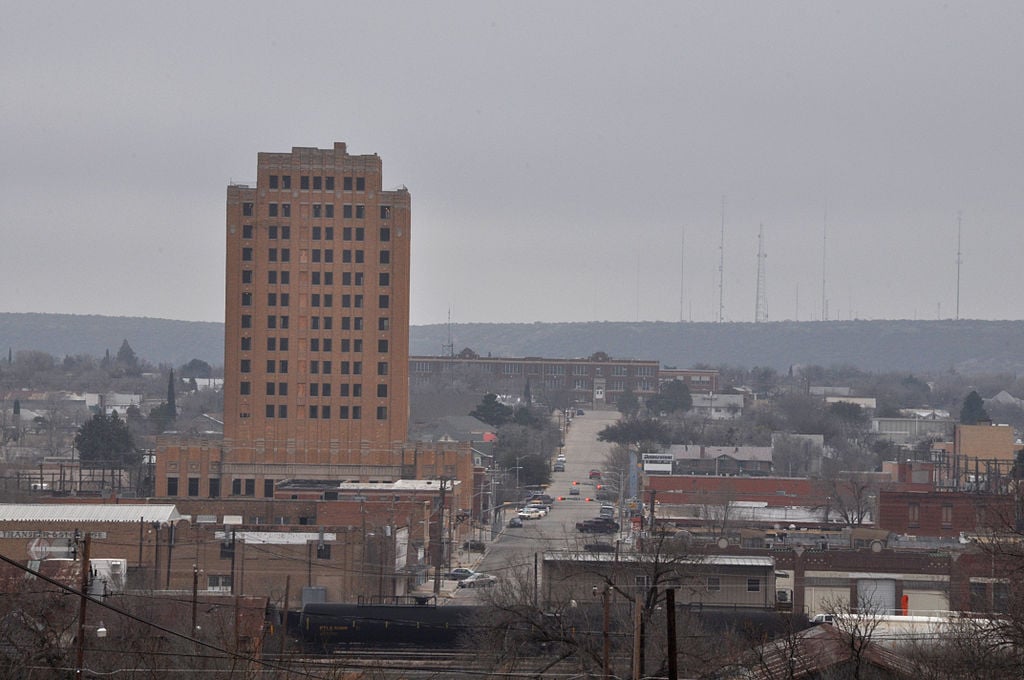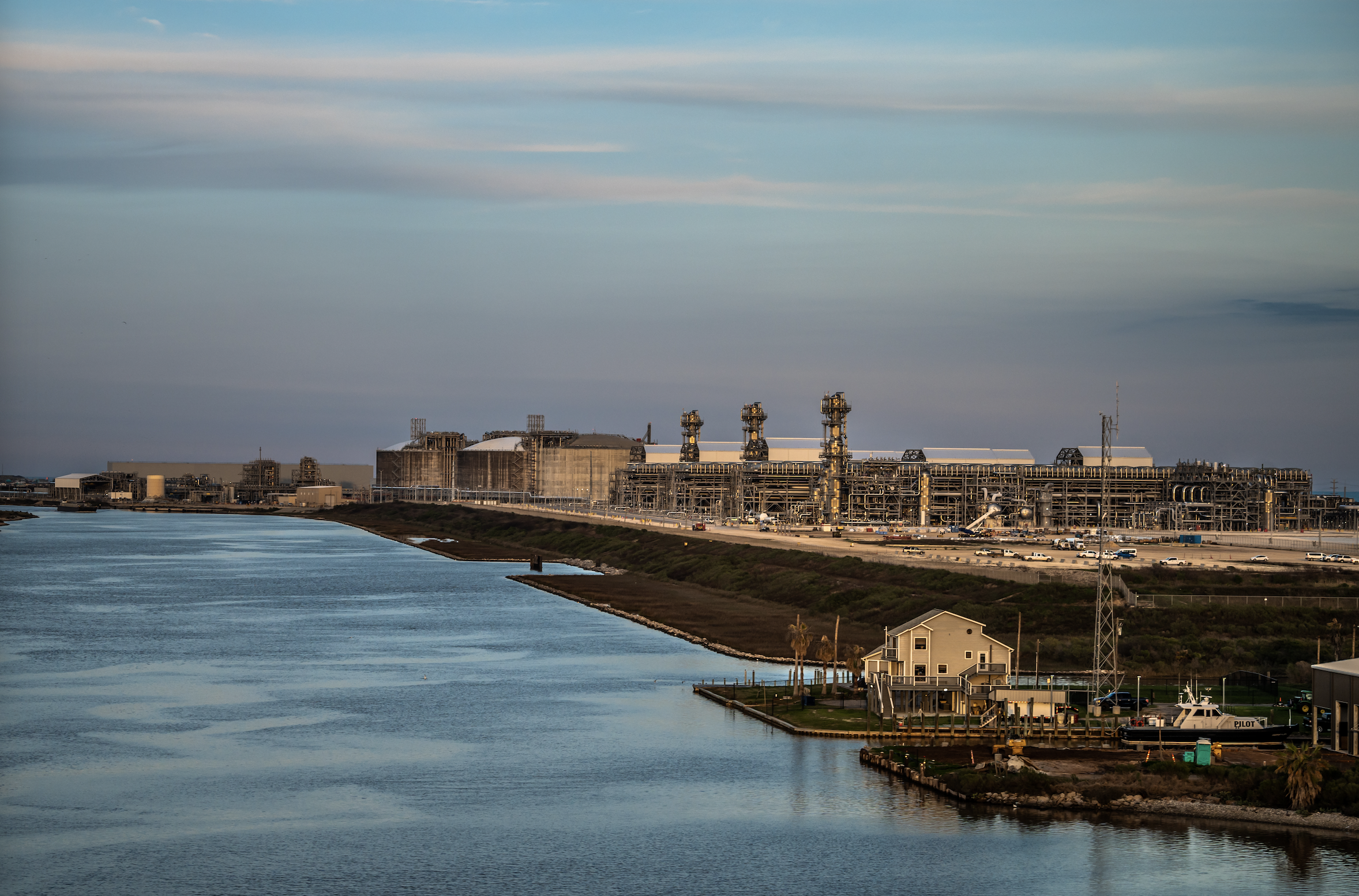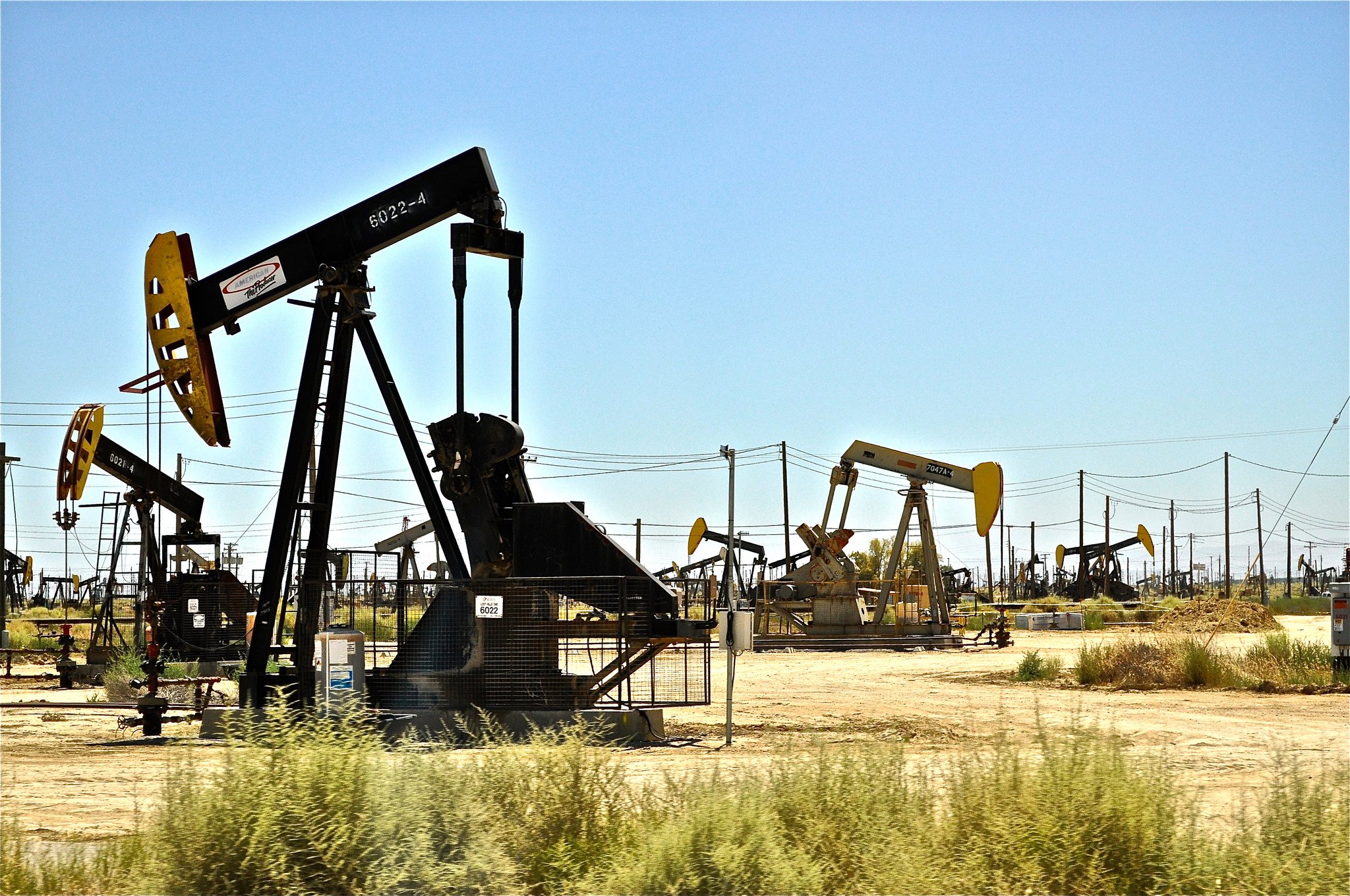
In Big Spring, a Rural Community Braces for Another Oil Bust
As oil prices plummet, the petroleum industry’s benefits and drawbacks for small towns are on full display.

Above: In Howard County, the industry provides 2,800 jobs and has a total annual economic output of $4.5 billion. But Big Spring’s fortune hinges on a stable market.
Sometimes Big Spring is a boomtown. Sometimes it’s a bust. And usually, the defining factor is one simple number: the price of a barrel of crude.
The community of 28,000, two hours west of Abilene, sits at the edge of the world’s most productive oilfield. It’s home to hundreds of hydraulic fracturing rigs. Billboards advertising jobs for oilfield truck drivers and mechanics dot Interstate 20. The Alon refinery at the eastern edge of town lights up the sky with flares from its towering spires.
The oil industry can be a nasty business—one that pollutes the environment, contributes to traffic fatalities, and drives up housing costs—but it’s the biggest business in town. In Howard County, the industry provides 2,800 jobs and has a total annual economic output of $4.5 billion. Big Spring’s fortune hinges on a stable market, however; with crude prices nosediving, a sign that oilfield workers may soon flee the area, Howard County Judge Kathryn Wiseman is worried.
“Of course I am [concerned],” Wiseman says. “We’re an oil town. The workers spend a lot of money in Howard County.” Wiseman has a rough metric for judging the oil industry’s health: She counts the number of paying customers each morning at Dell’s Cafe on East Fourth Street. Lately it’s been about three-quarters full when she goes for breakfast. But Dell’s, along with local RV parks, motels, and other businesses frequented by itinerant oilmen, may clear out soon.
Over the weekend, Russia, the world’s third-biggest oil producer, backed out of a nascent agreement with Saudi Arabia to cut global oil production in order to raise prices. Saudi Arabia, which leads the world in oil exports, retaliated, slashing its export prices in the second chapter of what the New York Times has described as a “price war.” Overnight, oil prices plummeted from nearly $60 a barrel to $35—“one of the greatest shocks in history” for the petroleum industry, oil and gas consulting firm Rystad Energy wrote in a statement. It was the biggest price drop since the United States launched an invasion of Kuwait in 1991.
“In the long term, if the price doesn’t improve, we’ll see significant declines in the rig count, in the number of wells completed,” says Artem Abramov, head of shale research at Rystad Energy, which has an office in Houston. Pioneer Natural Resources, a large oil firm based in Irving, has warned of “many bankruptcies in our industries and tens of thousands of layoffs over the next 12 months.” Midland-based Diamondback Energy has already cut back its production plans for the year and reduced the number of fracking crews it employs from nine to six. The production cuts and staffing reductions from the industry overall could hit Texas, which produces the most oil of any U.S. state by far, especially hard.
Though Texas has long been an oil-rich state, the current boom didn’t start here until 2011, when a combination of fracking and horizontal drilling techniques unlocked the potential of the Cline Shale, a promising 10-county play centered on Midland, just west of Big Spring. In the years since, the oil industry has converged on this part of West Texas like never before, using fracking to tap a vast, 20 billion-barrel reserve once thought to be unreachable. The oil and gas industries now account for 400,000 jobs in Texas; oil wells in the state number almost 180,000, according to the Texas Railroad Commission (which actually regulates the oil and gas industry, not railroads).
But with the economic growth comes significant drawbacks for rural communities. Oil and gas production facilities are known to spew nitrogen oxide, sulfur dioxide, particulate matter, and other dangerous pollutants into the air. An increasing number of fatalities can be linked to the fracking boom. And the influx of workers has driven up Midland’s rent prices, which are now comparable to Austin’s.
“I would always tell people it’s bittersweet. There’s economic benefits to it but there’s bitterness that comes along with it,” says Karnes County Judge Wade Hedtke. Karnes County, the locus of activity in the Eagle Ford Shale—the state’s second-most productive oil and gas play—has experienced higher crime rates and traffic fatalities, Hedtke says. Wiseman, the Howard County judge, notes that heavy truck traffic on caliche roads and highways costs the county millions in repairs each year.
Even before this weekend’s news, the petroleum industry in Texas was showing signs of strain. Experts have cut their predictions for how much the industry will grow in coming years by almost half, from 1 million barrels a day to 650,000. A litany of proposed pipelines is expected to be whittled down this year (though Kinder Morgan’s controversial Permian Highway plan will likely continue uninterrupted). “The Permian is definitely slowing down,” an industry analyst told Bloomberg News in January.
The slowdown could mirror the last oil bust, when a barrel of crude slipped to $36 in 2016. Though it put them in a “tough spot,” Wiseman remembers that Howard County and other Permian Basin communities continued to function. She’s confident that residents will persevere.
“We’ve been through it before and we’ll get through it again,” Wiseman says.
Read more from the Observer:
-
Following a Protest, ICE Transfers Dozens of Asylum Seekers to an Isolated Laredo Facility: Transferring detainees can negatively impact their already tenuous access to counsel.
-
The Gentrification of Texas: As the cost of housing skyrockets, Texans are getting pushed out and left behind. The stakes couldn’t be higher.
-
In Southeast Lubbock Neighborhood, Residents are Fed Up With a Feedlot: Kathy Stewart has complained for years about the fecal dust invading Yellowhouse Canyon. But so far, her concerns have mostly been ignored.


